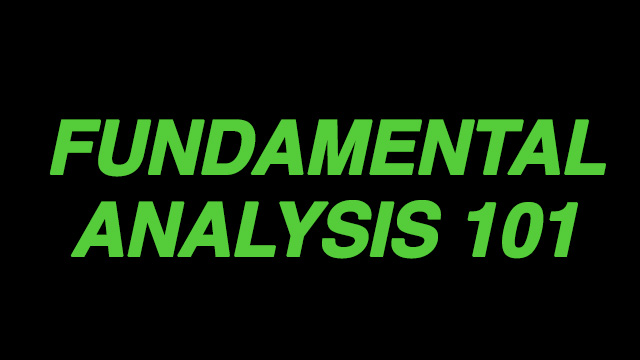Aside from watching economic data releases or keeping track of central bank policy biases, monitoring other financial markets can also be helpful in predicting forex price moves. To be specific, there are currencies that move in tandem with asset prices or precious metals while others are negatively correlated to other financial markets.
For one, the Australian dollar has been observed to have a positive correlation with gold prices. This is probably because Australia is the third-largest gold producer in the world and any increases in the precious metal’s value is bound to be positive for the Land Down Under’s export revenues. This then translates to better growth prospects, which boost the Aussie’s value.
Another interesting financial market correlation with forex is that of U.S. dollar and gold. Unlike the Australian dollar, the U.S. dollar has an inverse correlation to the precious metal’s price. After all, gold is usually treated as a hedge to U.S. inflation.
Aside from that, traders tend to park their money in gold if risk appetite is strong. This takes place when global economic performance is strong and traders are more confident in pursuing riskier assets. In that case, the lower-yielding and safe-haven U.S. dollar gets dumped in favor of gold. On the other hand, when risk aversion is in play, traders buy up the U.S. dollar and let go of their gold positions.
More often than not, the Swiss franc also has a positive correlation with gold, as most of the country’s reserves are linked to gold.
When it comes to other commodities and currencies, it has also been observed that crude oil and the Canadian dollar have a positive correlation. This is because Canada is one of the top oil producers in the world, with roughly $2 million worth of barrels per day. The U.S. economy is its top oil buyer, which means that rising fuel demand from the global economy can drive the Canadian dollar higher.
Aside from commodity prices, bond prices also tend to have a correlation with forex market price action. Simply put, a bond is an IOU issued by an entity to its bondholders. Bond prices and yields that are monitored by traders are usually government debt securities.
What’s particularly tricky about this type of financial instrument and its correlation to currency trading is that bond yields instead of prices are usually monitored. Bond yields refer to the rate of return when one buys government bonds and these are inversely correlated to bond prices.
Bond yields usually serve as an indicator of local stock market strength. When stock prices are rising, bond yields are also rising while bond prices are falling. On the other hand, when stock prices are falling, bond yields are also dropping while bond prices are rising. In relation to the forex market, the local currency tends to move in tandem with bond yields.
Fixed income securities also show correlations with the forex market, more often than not. Economies that offer higher returns on their fixed income securities tend to have a stronger local currency while those that offer lower returns on their fixed income securities usually have a weaker local currency.





